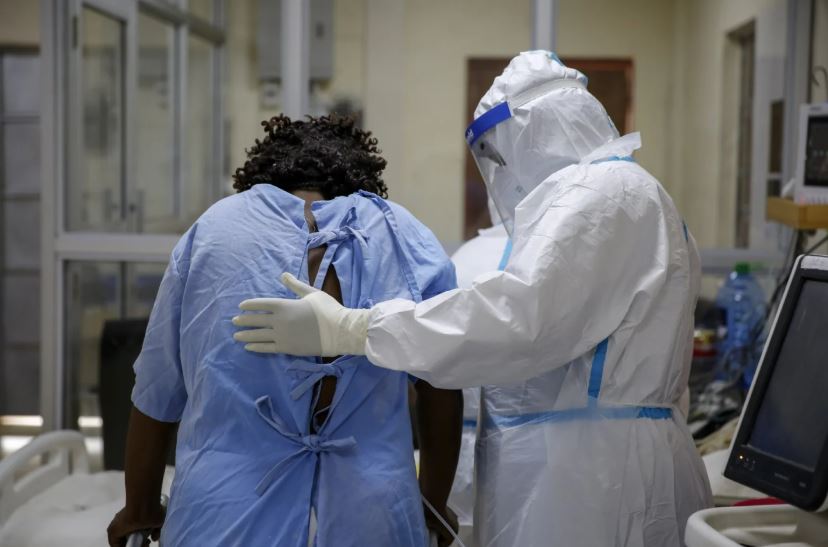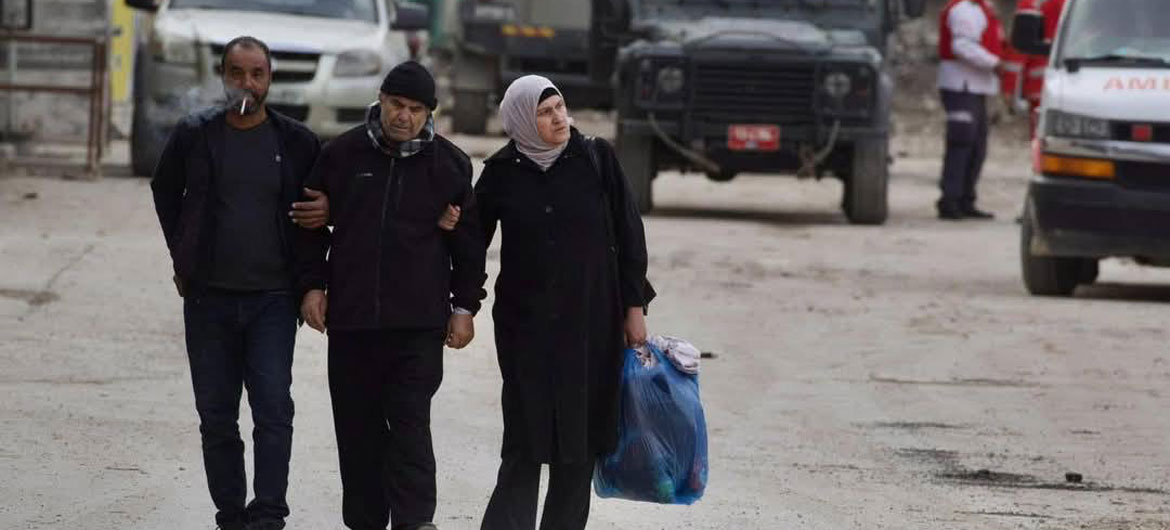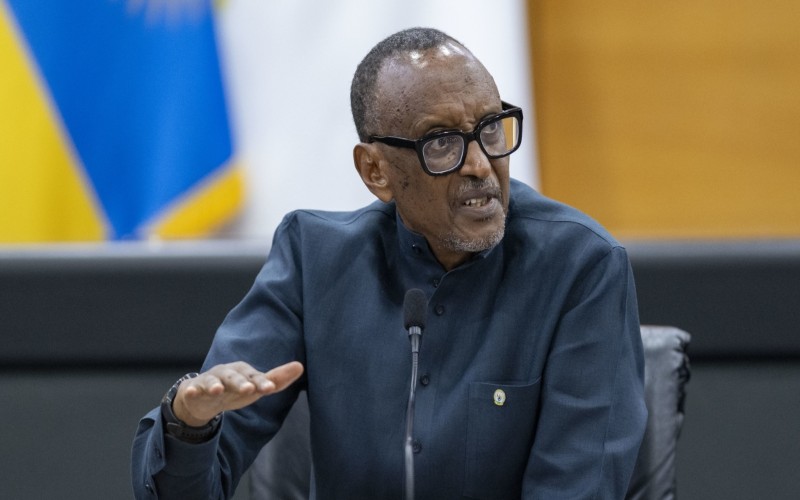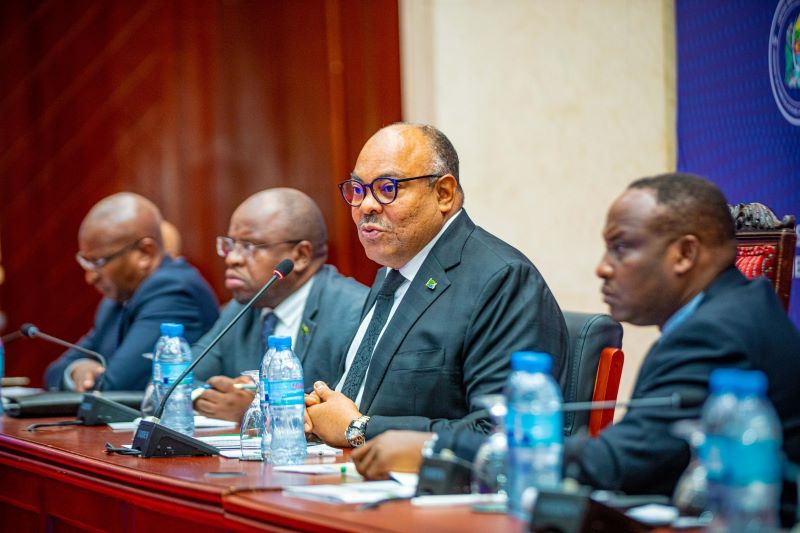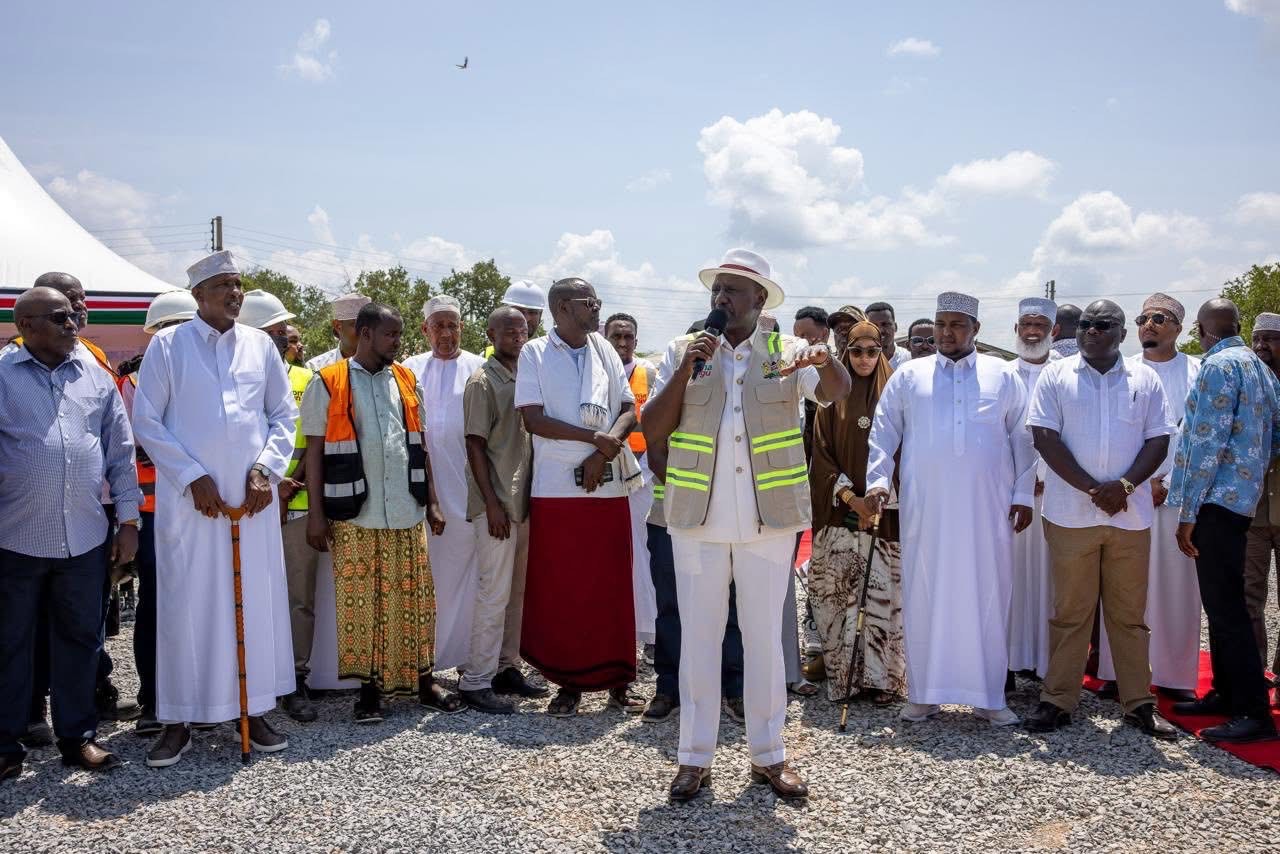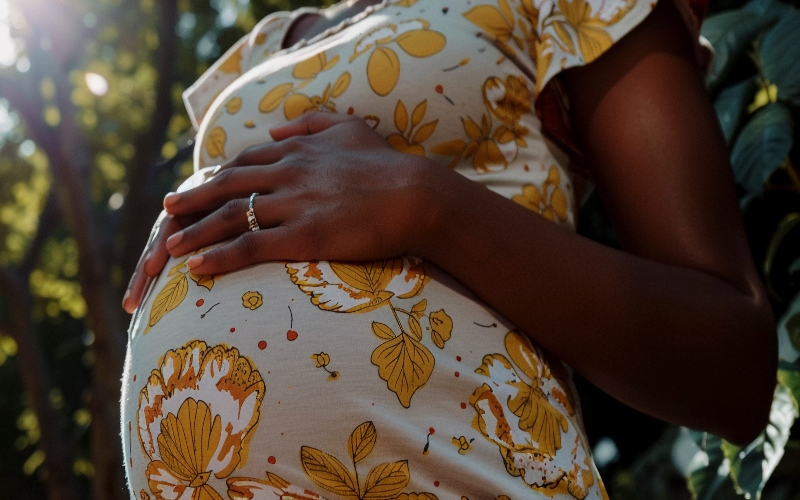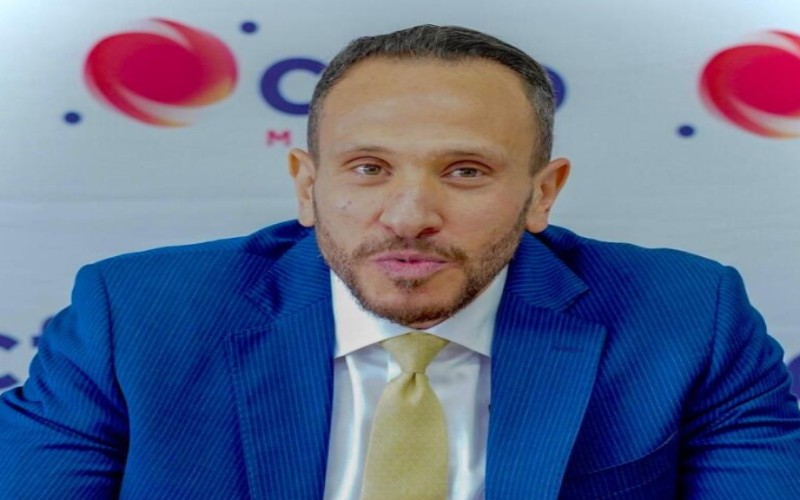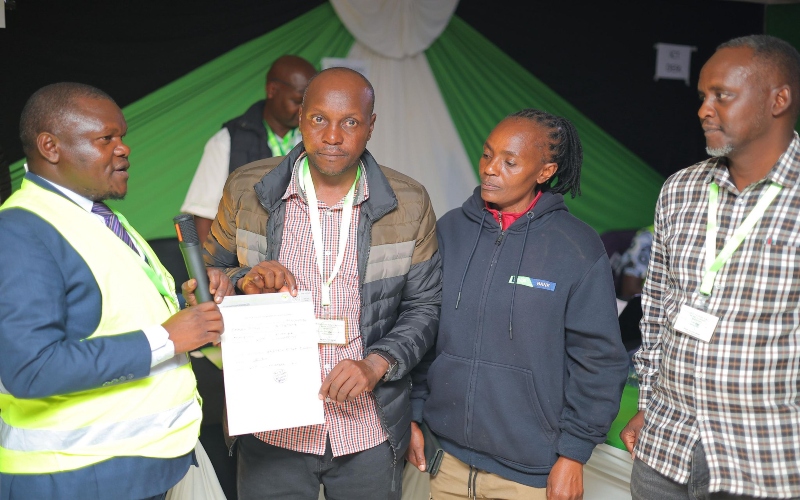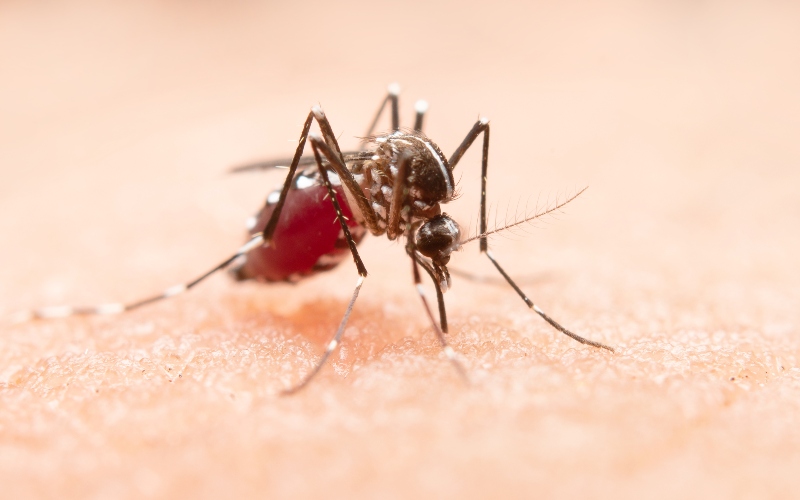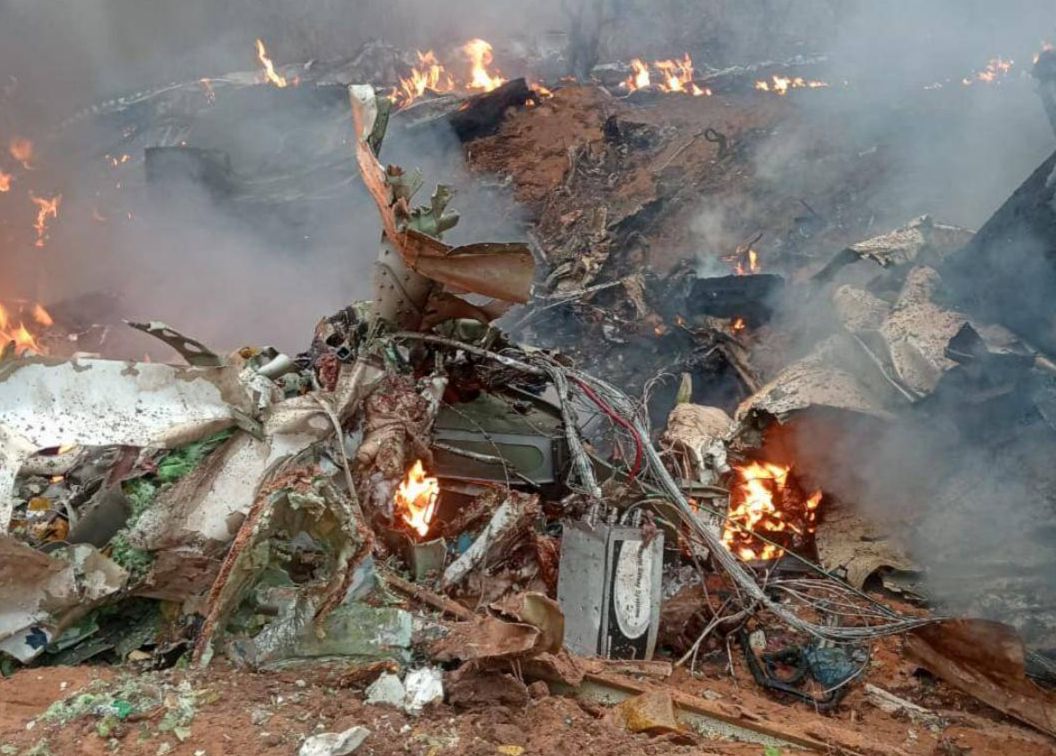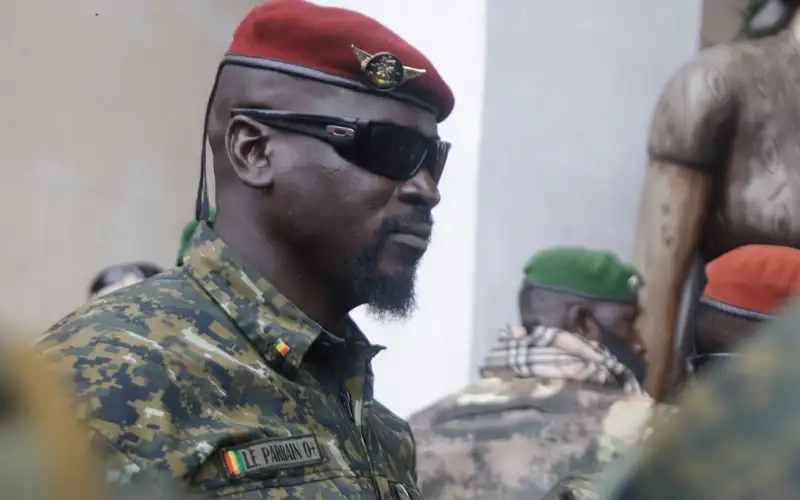Bell helicopters: Aircraft that killed Kenya's General Ogolla, Iran President Raisi
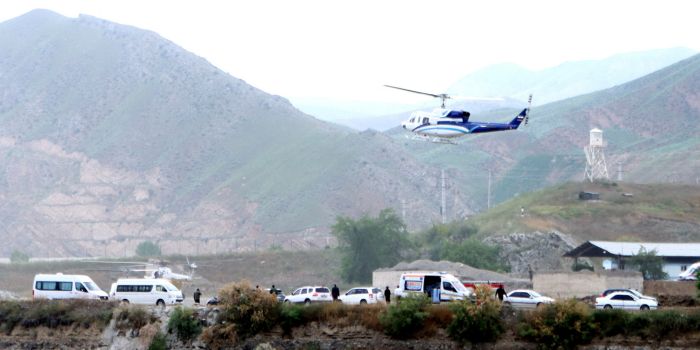
It is worth noting that Bell Helicopter also produced the Bell Huey II helicopter, the model in the crash that killed Kenya's top general, Francis Ogolla, in April 2023.
The tragic plane crash in Iran on Sunday, which killed President Ebrahim Raisi, Foreign Minister Hossein Amirabdollahian, and six other passengers and crew, involved a Bell 212 helicopter, Iranian state media reported.
The aircraft crashed in mountainous terrain due to heavy fog, killing all aboard, as confirmed after search teams located the wreckage on Monday.
More To Read
- Iran approves six candidates to run for president
- Iran's ex-President Mahmoud Ahmadinejad to run in presidential election
- Iran registers presidential candidates for early vote after Raisi's death
- Iran Chief of Staff recounts last moments before Raisi's helicopter crashed
- Iran President Ebrahim Raisi and other world leaders who have died in helicopter crashes
- "Fearless leader, dedicated servant" Ruto joins world leaders in mourning Iranian President Raisi
The Bell 212 is a civilian variant of the well-known UH-1N "Twin Huey" from the Vietnam War era and is extensively used worldwide by government entities and private operators.
Bell Helicopter, now Bell Textron, a division of Textron Inc., developed the aircraft for the Canadian military in the late 1960s as an upgrade of the original UH-q Iroquois.
It is worth noting that Bell Helicopter also produced the Bell Huey II helicopter, the model in the crash that killed Kenya's top general, Francis Ogolla, in April 2023.
He had served as Kenya's chief of defence forces since April 2023, after holding the positions of commander of the Kenya Air Force and deputy chief of defence forces.
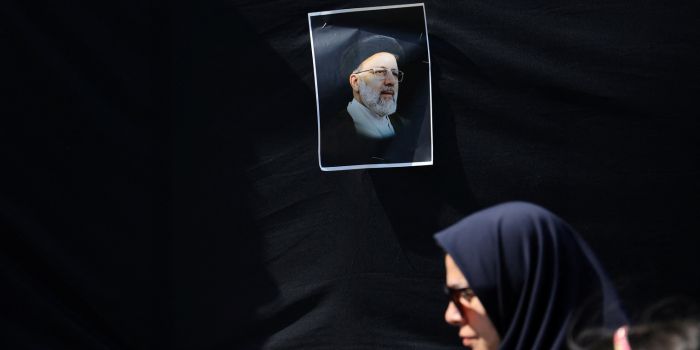 A picture of the late Iran's President Ebrahim Raisi is seen on a street in Tehran, Iran, on May 20, 2024. (Photo: Majid Asgaripour/WANA/Reuters)
A picture of the late Iran's President Ebrahim Raisi is seen on a street in Tehran, Iran, on May 20, 2024. (Photo: Majid Asgaripour/WANA/Reuters)
Kenya's old aircraft
The helicopter carrying Ogolla went down shortly after take-off in Elgeyo Marakwet County, some 400km north-west of the capital, Nairobi.
It was the deadliest incident for the Kenya Defence Forces (KDF), primarily because it claimed the life of a top-ranking military official and the country's only serving four-star general.
The tragedy brought to the fore the fact that the Kenya Air Force's aircraft inventory is notably old.
Defence sources say the ageing of certain fleets, crashes, and a fluctuating budget environment have led to worry that the Air Force's inventory is likely to be more prone to incidents that result in significant losses.
Helicopters such as the one that killed General Ogolla were designed and manufactured more than 60 years ago but remain critical elements of the Air Force's structure.
It was a Bell Huey II delivered in 2017 from the USA, and it has been referred to as the workhorse of the Vietnam War.
This is because the Huey, aka the Bell UH-1 Iroquois, performed various roles during that conflict. It flew medical evacuation missions, transported troops into battle, and even served as an attack helicopter.
Kenyan military aviators, familiar with the helicopter, often describe it as the "workhorse of KDF" because of its extensive utilisation, and Interior Cabinet Secretary Kithure Kindiki had been seen piloting the Huey military helicopter, undertaking frequent security missions across the country.
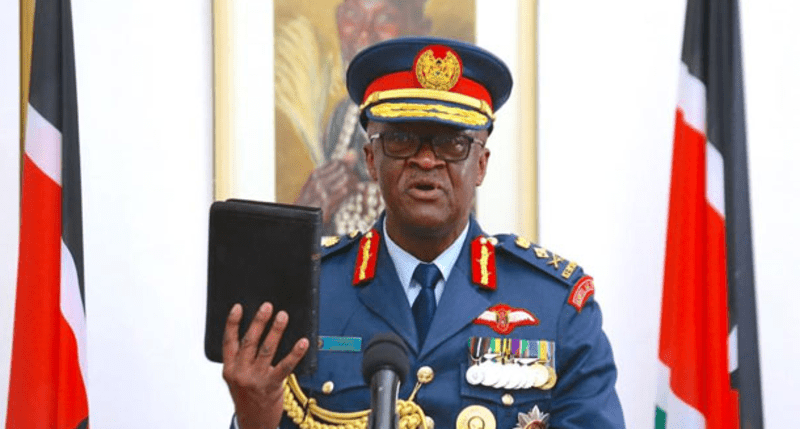 Gen. Francis Ogolla takesthe oath of office as Kenya's Chief of Defence Forces at the State House in Nairobi in April 2023. (Photo: PCS)
Gen. Francis Ogolla takesthe oath of office as Kenya's Chief of Defence Forces at the State House in Nairobi in April 2023. (Photo: PCS)
Similar crashes
Another accident involving a Kenya Air Force Huey helicopter took place in Lamu County on September 19, 2023, and resulted in at least eight fatalities.
This specific helicopter was decommissioned from active US Army service in early 2005, but has since been acquired by third-world countries like Kenya.
Bell Helicopter stopped producing spare parts and delegated maintenance to third-party companies.
In 2021, former Philippines President Rodrigo Duterte called for all Huey helicopters in the Philippine Air Force's inventory to be decommissioned due to their frequent involvement in fatal crashes.
During a camp visit at Camp Teodulfo Bautista in Jolo, Sulu, an island province of the Southeast Asian country, the retired President wanted to know how many Hueys were left and said that these were old and that nothing more could be done to improve them, not even good maintenance.
Duterte was in Sulu to visit troops who had engaged in clashes with alleged members of a faction of the Bangsamoro Islamic Freedom Fighters.
"I will buy helicopters," he said in Filipino, adding he wanted six or seven more new ones for the Air Force before the end of his term.
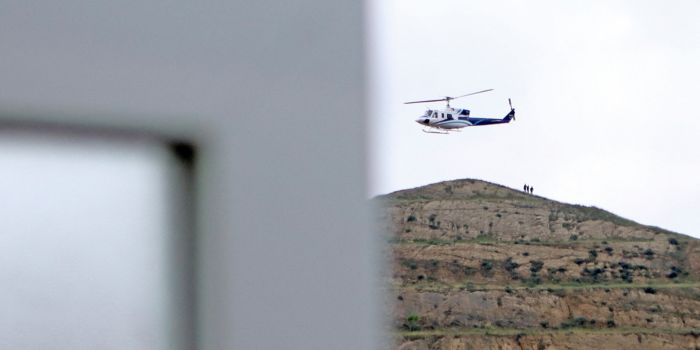 A helicopter carrying Iran's President Ebrahim Raisi takes off, near the Iran-Azerbaijan border, on May 19, 2024. (Photo: Ali Hamed Haghdoust/IRNA/West Asia News Agency/Reuters)
A helicopter carrying Iran's President Ebrahim Raisi takes off, near the Iran-Azerbaijan border, on May 19, 2024. (Photo: Ali Hamed Haghdoust/IRNA/West Asia News Agency/Reuters)
Kenya's investigation reports
Despite the standard operating procedure dictating the establishment of a board of inquiry to investigate military air crashes, in line with Section 223 of the Kenya Defence Forces Act, the causes of these accidents have remained under investigation.
Regrettably, the Kenyan military has yet to release any crash investigation reports, leaving the public uninformed.
In April, a former senior Kenyan military aviator, experienced in multiple military crash investigations, informed The Eastleigh Voice that these reports are exclusively reserved for internal military use, with none ever disclosed to the public.
The closest a military probe report came to being shared publicly was on April 5, 2007, when Njenga Karume, then a minister of state for defence, made a ministerial statement in parliament on the delay in tabling a report on the 2006 Marsabit plane crash that killed a cabinet minister, six other politicians, and at least seven other people.
The military cargo plane was carrying a high-level delegation on a peace mission. Five legislators perished in the Chinese-made Y-12 aircraft crash.
Njenga, now deceased, said the board of inquiry made long and comprehensive investigations but indicated the report was classified as "confidential" since the aircraft belonged to the KDF.
The parliamentary Committee on Defence, Intelligence, and Foreign Relations has been criticised for not exerting enough pressure on the military to disclose its board of inquiry reports to the public or to conduct thorough reviews of the airworthiness of its fleet.
Iranian aviation and changes of a probe
The most recent fatal crash of a Bell 212, similar to the one that killed President Raisi, occurred in September 2023, when a privately operated aircraft crashed off the coast of the United Arab Emirates, according to the Flight Safety Foundation, a non-profit focusing on aviation safety.
The most recent Iranian crash of this type was in 2018, killing four people, according to the organisation's database. In 2015, the same database cited reports that a helicopter believed to be an AB-212 had crashed near Kashan, killing three.
Iran has kept its civil and military aviation fleets flying during its isolation since the 1979 revolution through a combination of smuggled parts and reverse-engineering, according to Western analysts and people who spoke about the trade following a nuclear deal later abandoned by Washington.
Its state-owned helicopter services and renovation company, widely known as PANHA, has presented indigenous models said by Western analysts to be based on re-engineered Bell aircraft, though the 212 is not one of the models said to be involved.
"Iran has a reputation for strong technical competence when it comes to aviation," Cirium Ascend analyst Paul Hayes told Reuters.
As a domestic state flight, the accident that killed the President, the Foreign minister, and others does not automatically fall under global rules for air accident probes.
Middle East and aviation safety analysts say there is little chance Iran would turn to outside help for such a politically sensitive matter on its territory.
Iran sent black boxes to France following the downing of a Ukrainian airliner in 2020 but the role of the French BEA was limited to reading recorders and not investigation or analysis.
"I doubt whether there will be an investigation at all," Hayes said, noting the sensitivity of the matter.
Top Stories Today
